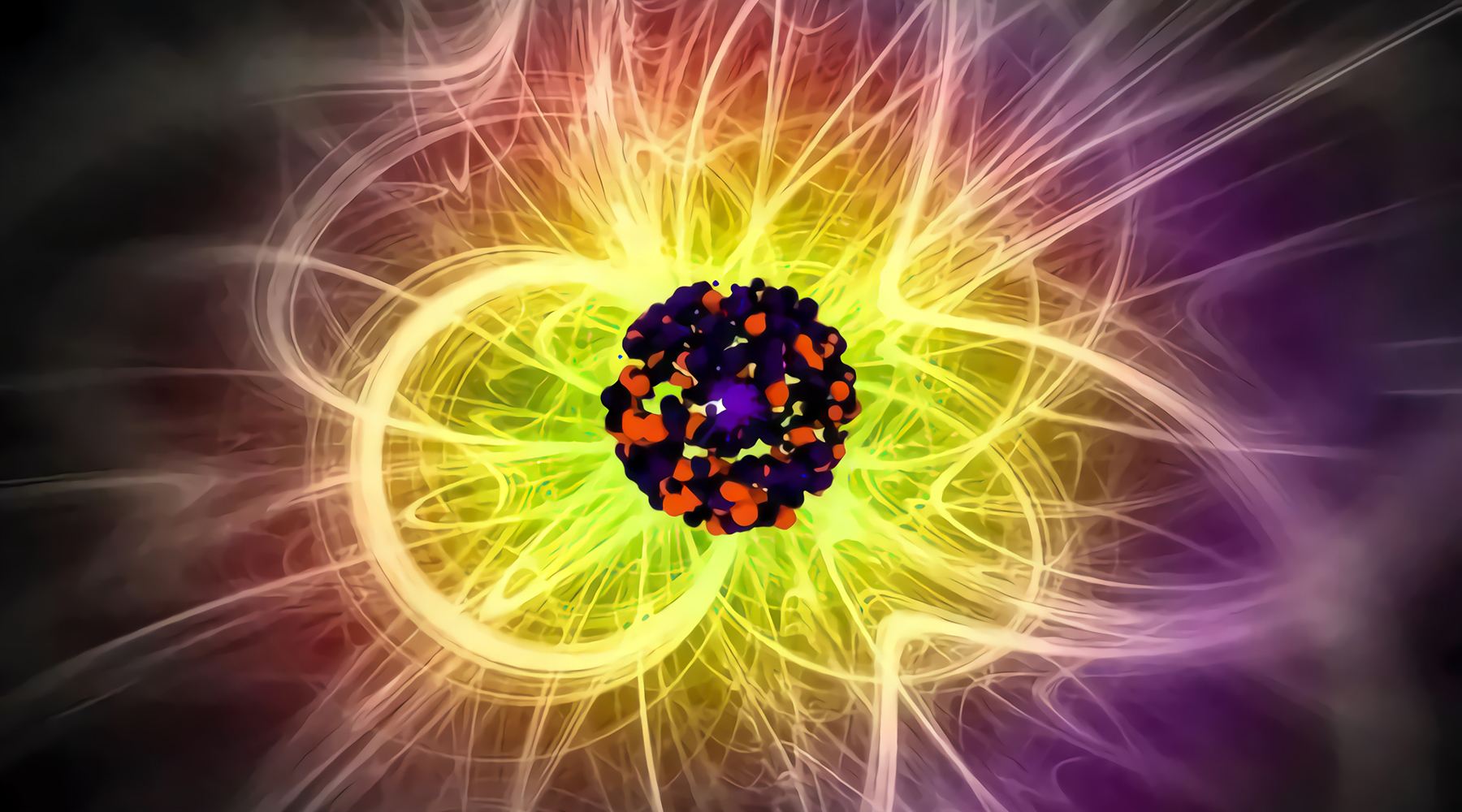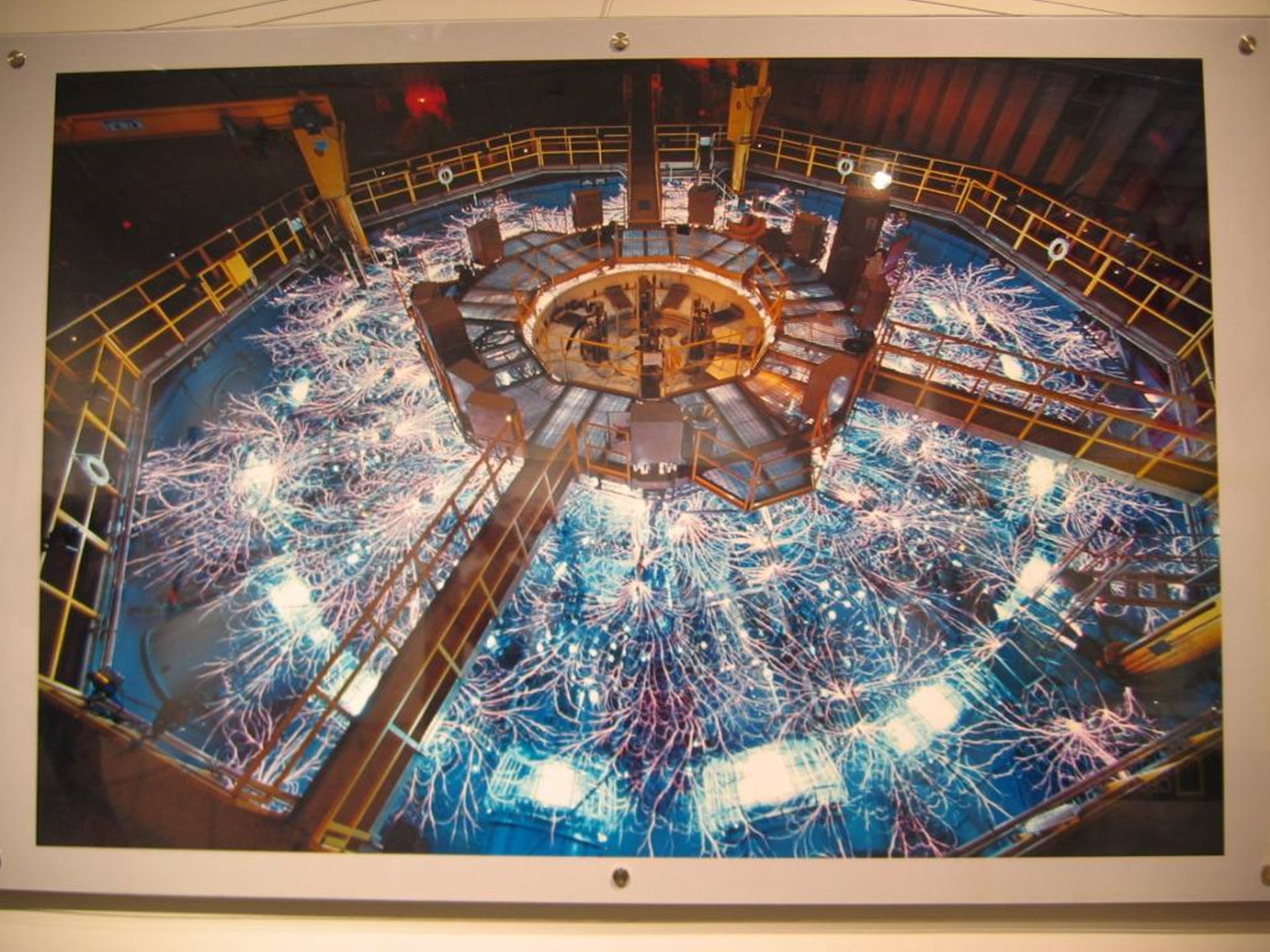创新背景
核聚变是一项有助于缓解气候变化的全球研究的核心,它承诺使用与太阳能相同的过程,获得几乎无限的、无碳的能源。
70多年来,科学家们一直试图利用可控的热核聚变反应来开发一种能源。为了达到核聚变反应所需的条件,燃料必须加热到1亿摄氏度以上。(太阳的核心温度约为1500万摄氏度。)

储存这种被称为等离子体的超高温燃料的常用方法是使用托卡马克。这些装置利用极强大的磁场来固定等离子体,并控制等离子体排出的热量与反应堆壁之间的相互作用。
然而,在等离子体和反应堆壁之间的最边缘,斑点就像细丝一样从等离子体中掉出来。这些随机的、湍流的结构影响着能量如何在等离子体和反应堆之间流动。
创新过程
一个多学科的研究团队正在从机器学习中带来工具和见解来帮助这项工作。麻省理工学院和其他地方的科学家已经使用计算机视觉模型来识别和跟踪在促进聚变反应所需条件下出现的湍流结构。
监测这些被称为“细丝”或“blobs”的结构的形成和运动,对于了解从反应燃料中流出的热量和粒子流非常重要,这最终决定了满足这些流动对反应堆壁的工程要求。然而,科学家通常使用平均技术来研究斑点,这种技术将单个结构的细节交换为总体统计数据。单个blob信息必须通过在视频数据中手动标记来跟踪。
研究人员建立了一个等离子体湍流的合成视频数据集,使这一过程更加有效和高效。他们用它来训练四个计算机视觉模型,每个模型都能识别和跟踪斑点。他们训练模型像人类一样精确定位斑点。
![]()
当研究人员用真实的视频片段对训练过的模型进行测试时,这些模型能够以很高的准确率识别斑点——在某些情况下超过80%。这些模型还能够有效地估计斑点的大小和它们移动的速度。因为在一次聚变实验中就捕获了数百万个视频帧,使用机器学习模型跟踪斑点可以为科学家提供更详细的信息。
研究人员在实验中使用一种独特的成像技术捕捉等离子体湍流边缘的视频。一场实验性运动可能持续数月;典型的一天将产生大约30秒的数据,相当于大约6000万视频帧,每秒钟会出现数千个斑点。所有的斑点无法被手动跟踪,因此研究人员依赖平均采样技术,只提供斑点的大小、速度和频率的广泛特征。

研究人员采用了四种成熟的计算机视觉模型,这些模型通常用于自动驾驶等应用程序,并训练它们来解决这个问题。
为了训练这些模型,他们创建了一个合成视频剪辑的庞大数据集,捕捉到斑点的随机和不可预测的本质。创建合成数据还允许他们为每个blob标记,这使得训练过程更加有效。利用这些合成数据,他们训练模型在斑点周围画边界,教它们模仿人类科学家画的东西。
然后他们用来自实验的真实视频数据来测试模型:他们测量了模型绘制的边界与实际斑点轮廓的匹配程度,并请三位专家确定视频帧中斑点的中心位置,检查模型是否预测了相同位置的斑点。
这些模型能够画出准确的斑点边界,与被认为是地面真相的亮度轮廓重叠,大约80%的时间。他们的评价与人类专家的评价相似,并成功预测了理论定义的斑点状态,这与传统方法的结果一致。
创新关键点
研究人员建立了一个等离子体湍流的合成视频数据集,使这一过程更加有效和高效。他们用它来训练四个计算机视觉模型,每个模型都能识别和跟踪斑点。
创新价值
研究人员计划将这些技术应用到聚变研究的其他问题上,比如估计等离子体边界的粒子传输。
这项工作的另一个目标是鼓励更广泛的机器学习社区参与融合研究,朝着帮助解决气候变化这一关键问题的更大目标前进。
Innovative Application of Machine Learning to Identify and track 'turbulent structures'
A multidisciplinary team of researchers is bringing tools and insights from machine learning to help with this work. Scientists at MIT and elsewhere have used computer vision models to identify and track turbulent structures that emerge under conditions needed to promote fusion reactions.
Monitoring the formation and movement of these structures, known as "filaments" or "blobs," is important for understanding the flow of heat and particles out of the reactive fuel, which ultimately determines the engineering requirements that these flows place on the reactor walls. However, scientists typically study blobs using averaging techniques, which exchange details of individual structures for aggregate statistics. Individual blob information must be tracked by manually labeling it in the video data.
The researchers built a synthetic video dataset of plasma turbulence to make the process more effective and efficient. They used it to train four computer vision models, each able to recognize and track spots. They trained the model to pinpoint spots just like humans do.
When the researchers tested the trained models with real video clips, the models were able to identify spots with high accuracy - in some cases more than 80 percent. The models were also effective at estimating the size of the spots and how fast they were moving. Because millions of video frames were captured in a single fusion experiment, tracking blobs using machine learning models could provide scientists with more detailed information.
The researchers used a unique imaging technique in the experiment to capture video of the turbulent edges of the plasma. An experimental campaign can last for months; A typical day will produce about 30 seconds of data, equivalent to about 60 million video frames, with thousands of blobs appearing every second. None of the spots could be tracked manually, so the researchers relied on an average sampling technique that provided only a broad signature of spot size, speed, and frequency.
The researchers took four well-established computer vision models that are commonly used in applications such as autonomous driving and trained them to solve the problem.
To train the models, they created a massive dataset of synthetic video clips that captured the random and unpredictable nature of the blobs. Creating synthetic data also allows them to tag each blob, which makes the training process more efficient. Using this synthetic data, they trained the models to draw boundaries around the blobs, teaching them to mimic what human scientists draw.
They then tested the model with real video data from the experiment: They measured how well the boundaries drawn by the model matched the actual blob contour, and asked three experts to determine the central location of the blob in the video frame to check whether the model predicted blobs in the same location.
The models were able to draw accurate blob boundaries that overlaps the luminance contours considered the ground truth about 80 percent of the time. Their evaluations were similar to those of human experts, and they successfully predicted the theoretically defined spot states, which was consistent with the results of traditional methods.
智能推荐
AI+光学 | 新型隐私保护相机利用节能AI光速捕获所需物体
2022-11-10研究团队设计了一款智能相机,它只拍摄相关物体的照片,同时防止其他细节被捕获。
涉及学科涉及领域研究方向应用于中式建筑的古朴瓦片
2022-06-30小青瓦的出现大约始于西周初年,到唐代,它的制作趋于成熟。在相当长的时间里,折射出中国独特的居住文化,至今仍是中式建筑中的重要屋面材料。 片片青瓦,浓缩的是中华民族传统建筑的精髓和内涵,展现的是中华民族风格特征的庄重与优雅。
涉及学科涉及领域研究方向在类脑芯片上实现类似LSTM的功能
2022-07-02格拉茨技术大学的计算机科学家在 Nature 子刊上发表的一篇论文表明,他们找到了一种在神经形态芯片上模拟 LSTM 的方案,可以让类脑神经形态芯片上的 AI 算法能效提高约 1000 倍。
涉及学科涉及领域研究方向微藻分泌物保存核废料的可能
2022-06-29研究微藻分泌物以及其他自然形成物质,挖掘其对核废料封存处理的可能性影响。
涉及学科涉及领域研究方向